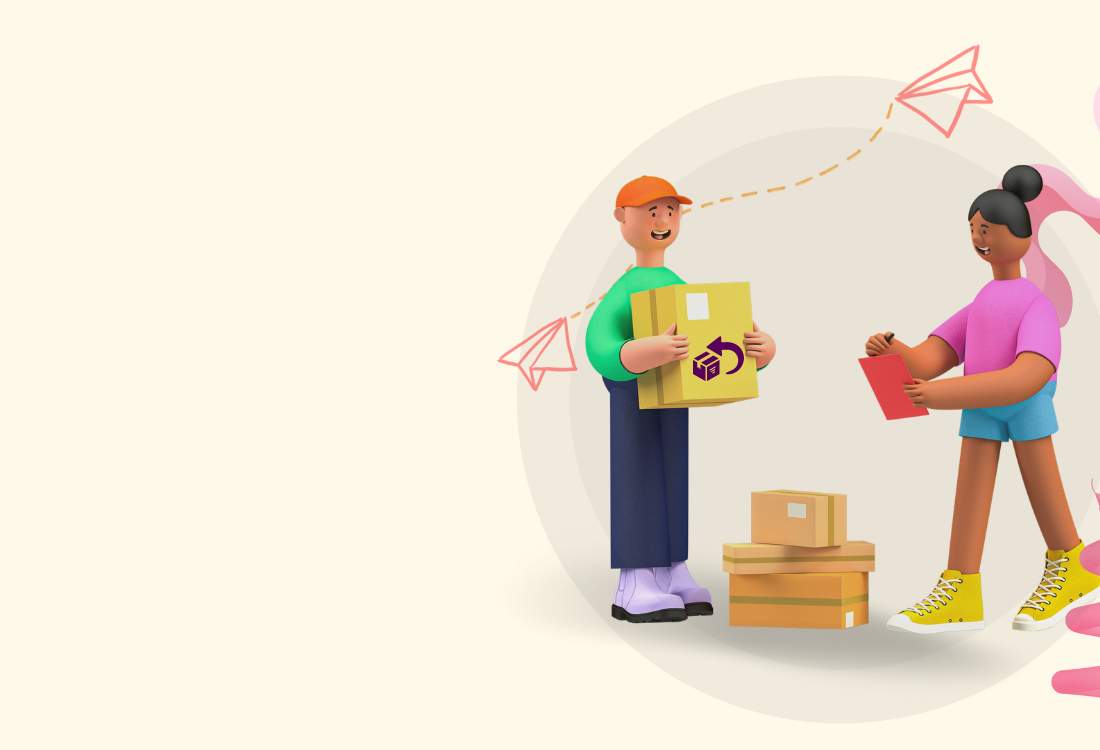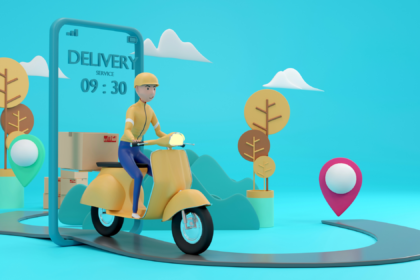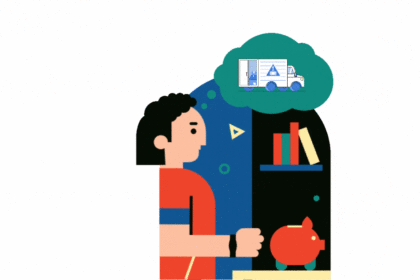Why E-commerce Businesses Must Not Overlook Their Customers' Returns Experience
Digital businesses today spend a lot of time, money and human resources acquiring new customers and retaining them; but customer journeys have evolved to become a lot more than the pre-purchase and purchase phase — and brands realizing that will win in the era of modern retail.
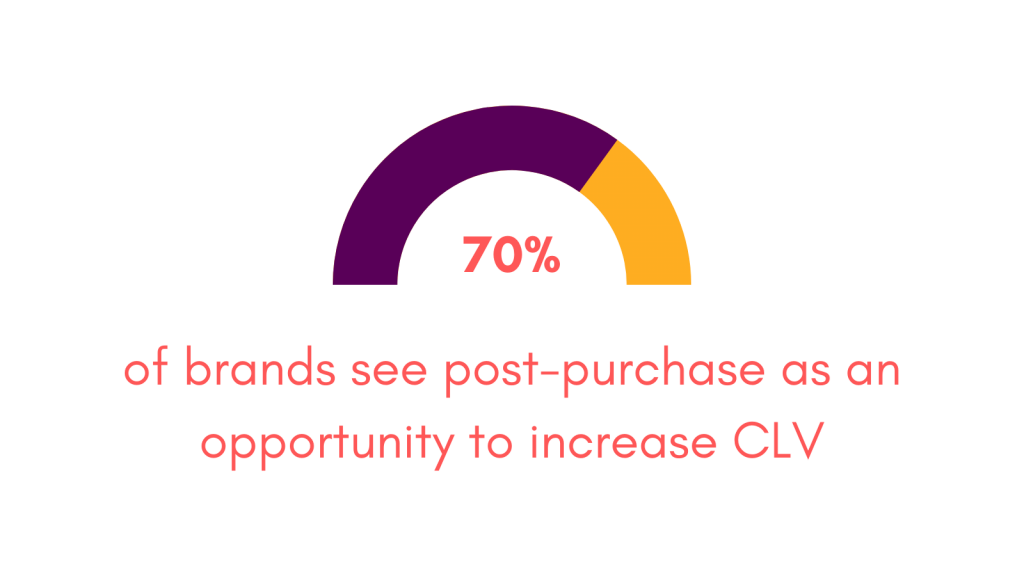
Your brand might have an amazing online shopping experience and seamless shipping and delivery experience, but like many other brands, you’ve overlooked your customers’ returns experience.
All that hard work you put into your customers’ pre-and-post purchase experience might as well be thrown away the moment your customer wants to return a product, while you do not have a proper return management strategy in place.
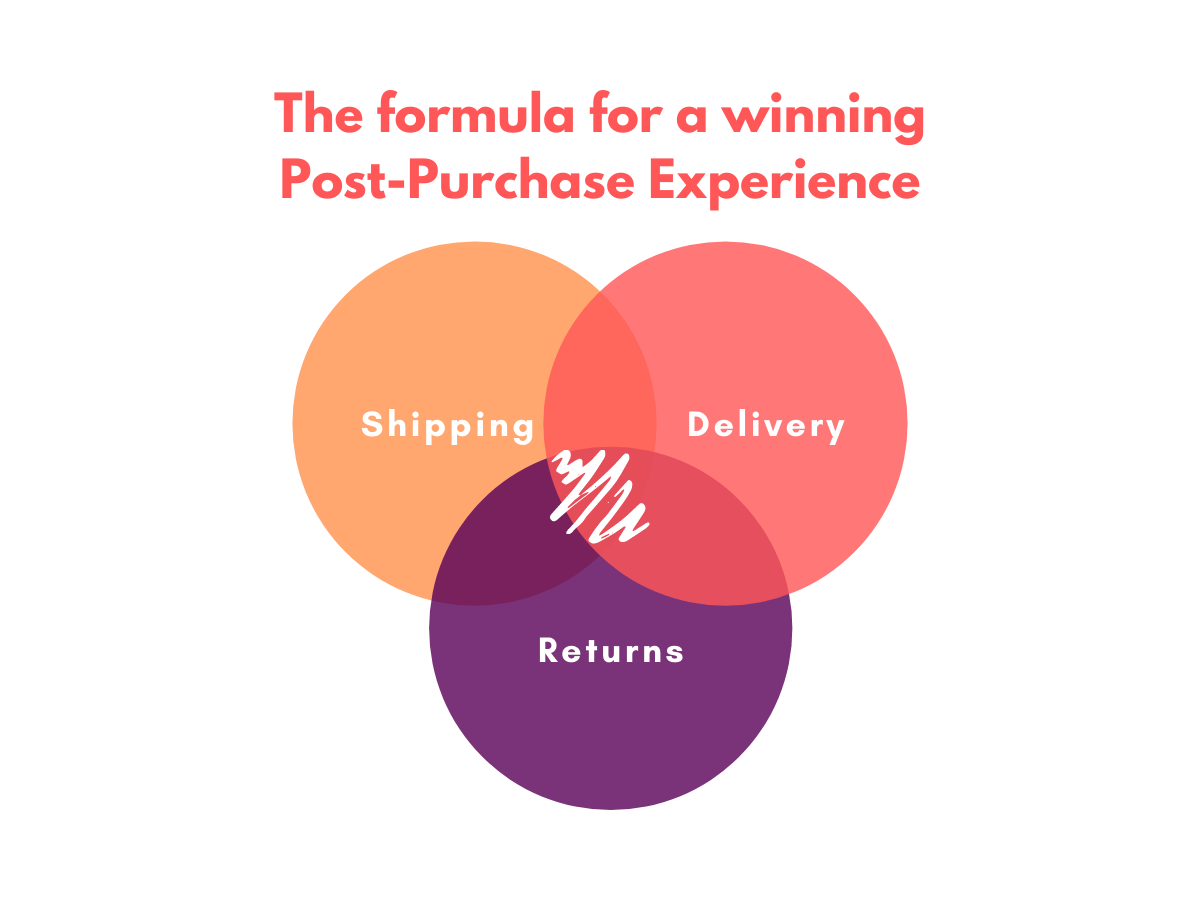
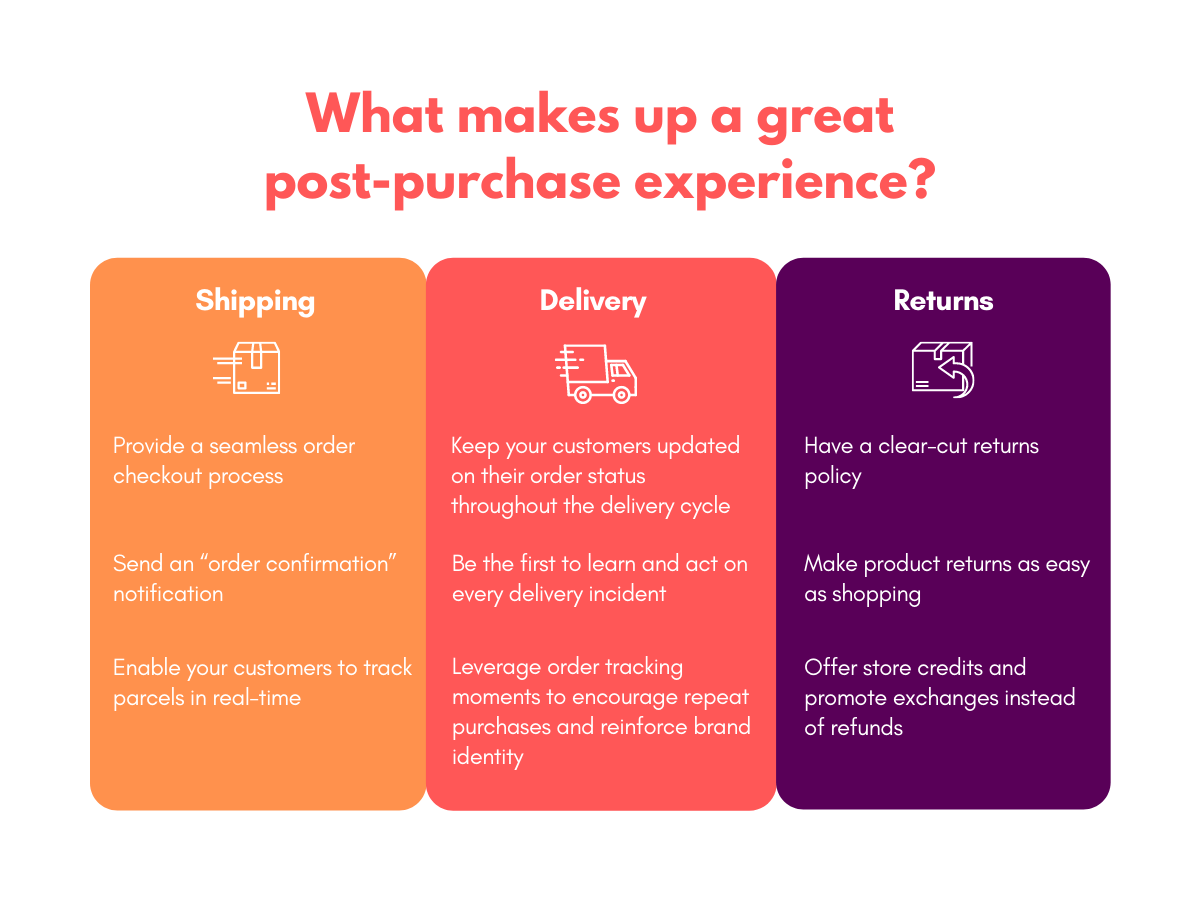
30% of products bought online end up being returned, and 65% of these products are returned as they are damaged or do not match their descriptions – which is not surprising considering that when customers buy something online, the product they receive may not be what they expected.
Let’s face the inevitable. You can be the best in your market and yet your products might be returned once in a while, no matter what you do.
Hence, preparing your business to face such hits once in a while, and formulating a strategy in place to equip your business while providing impeccable return service is the best approach to take.
This would in turn reward you with customer loyalty, given you addressed their distress at their most uncertain phase during the transaction.
Busted - 3 Popular Myths about Product Returns
#1 Returns are a cost-center
Most retailers look at returns as being a logistical nightmare apart from an unnecessary expense – US retailers spend over $100 billion each year in return-related logistics. However, statistics show that only one in every four customers who return products prefer a refund over exchange or store credit – which means that’s an opportunity for you to push repeat sales.
#2 Returns discourage customers from shopping with you again
It’s a common misconception that when customers return a product, they’re probably not going to buy from you again. But in reality, when your customers can return something as easily as they bought it – you’ve probably made a loyal customer out of them.
This means they might not want that refund just yet and that’s the perfect opportunity for you to incentivize them to take up an exchange or accept store credit instead (which is again the perfect opportunity to upsell).
#3 The post-purchase phase of a customer journey = Order Shipping & Delivery
Most businesses do not consider returns to be a part of their post-purchase strategy. But the hard truth is that the returns phase is one of the most important phases of the post-purchase customer experience.
That’s simply because a lot could go wrong just after you’ve done everything right to keep your customer happy.
Customers are going to throw their entire positive customer experience they had with your business away for a toss once they try to return a product for any reason and are faced with an excruciating return/exchange process.
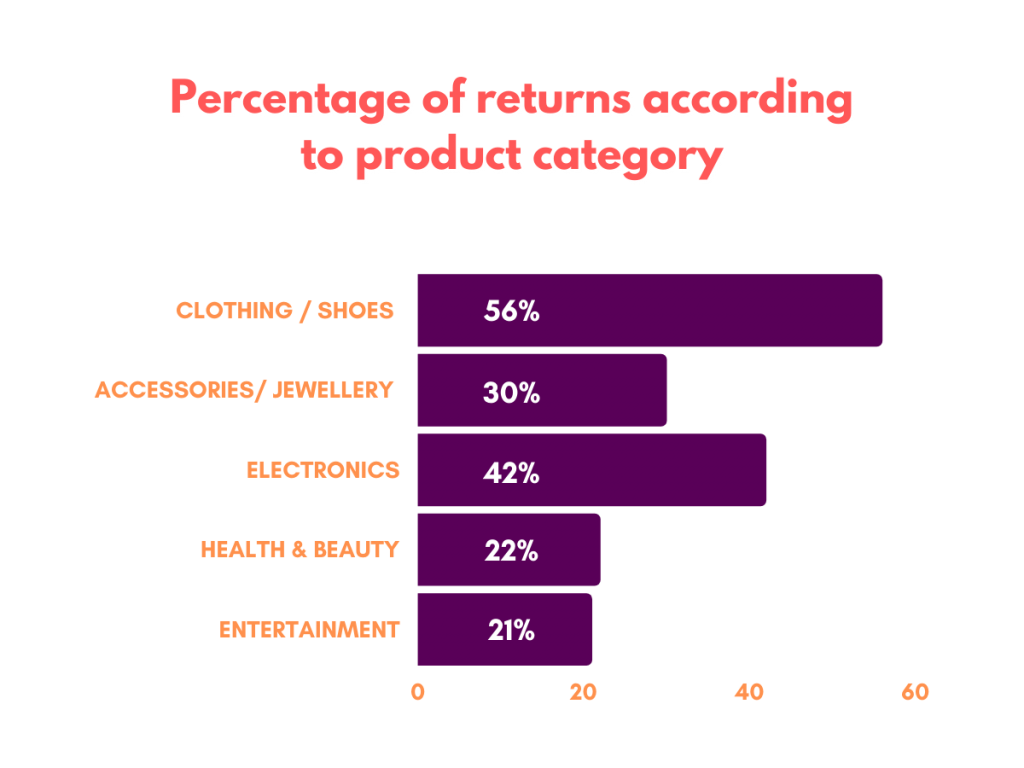
E-commerce Returns - an Opportunity to Encourage Repeat Purchases?
As a business, it’s customary to try and cut costs wherever possible to save that extra buck, especially as an SMB.
But returns don’t always mean refunds – your customer might just want a size exchanged or ordered the wrong item and are trying their luck to land on their desired prize.
They’re just looking for that little incentive that’ll push them towards opting for an exchange or store credit. And when your returns process is as smooth as butter, you will be able to convert these customers into brand loyalists.
We’ve said it before – the future of e-commerce is customer service – it’s time to start looking at returns as an opportunity and not an expensive logistical nightmare!
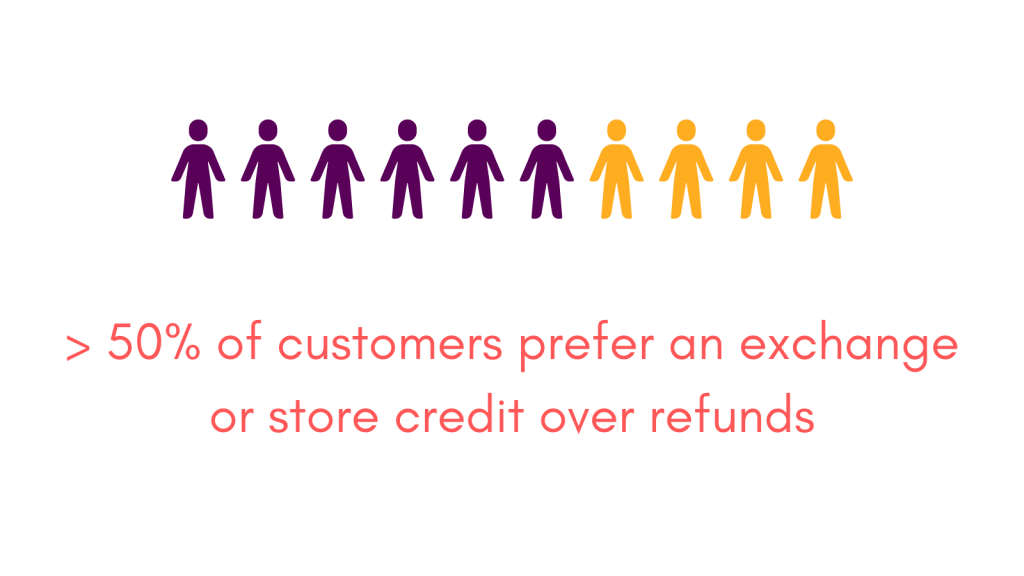
E-commerce Returns Can Improve Overall CX
As a retailer, you’ve done everything right – you’ve given your customers the best possible shopping experience, you have even gone the extra mile to make sure your customers have a seamless shipping and delivery experience.
But, what happens when the product they’ve received is not what they expected?
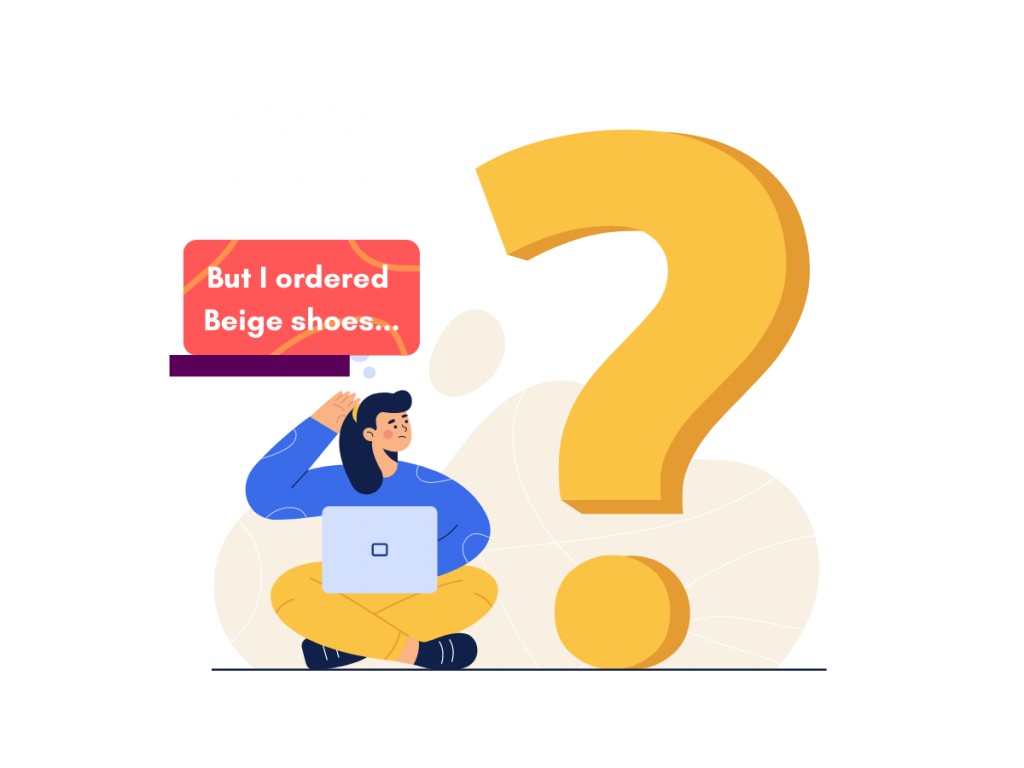
The first thing your customer does is hit the return button on your e-commerce website.
You don’t want all that effort taken to keep your customers happy every step of the way to go in vain – and returns are the last connecting piece of the puzzle.
Returns are one of the most important stages of the customer journey – it’s what can differentiate you from your competitors.
Customers don’t love to return products that they’ve just spent days looking forward for it and the last thing they’d want to do is send it back.
That’s why, as a brand, offering consolation in the form of seamless returns to your customers at a moment of their vulnerability can demonstrate empathy and encourage fierce loyalty.
Hassle-free returns paired with a great pre-purchase experience and a seamless shipping & delivery experience is the formula to a winning CX strategy for every retail business out ther
What Makes a Seamless E-commerce Returns Experience
When returns are done right, they can mean a whole lot of repeat sales and long-lasting customer relationships. Here are some important tips to keep in mind for when you make returns an integral part of your post-purchase strategy.
Have a clear-cut returns policy
There may be no global guidelines set with regards to what a returns policy should consist of. As a brand, your returns policy must be transparent and should outline the most important queries regarding returns – these are the basics of what a good returns policy must cover :
- What items can customers return?
- What items are you willing to offer an exchange for?
- What is the standard return period?
- In what conditions can items be returned or exchanged?
- How can a customer initiate an exchange or return?
- Who pays for the return shipping costs?
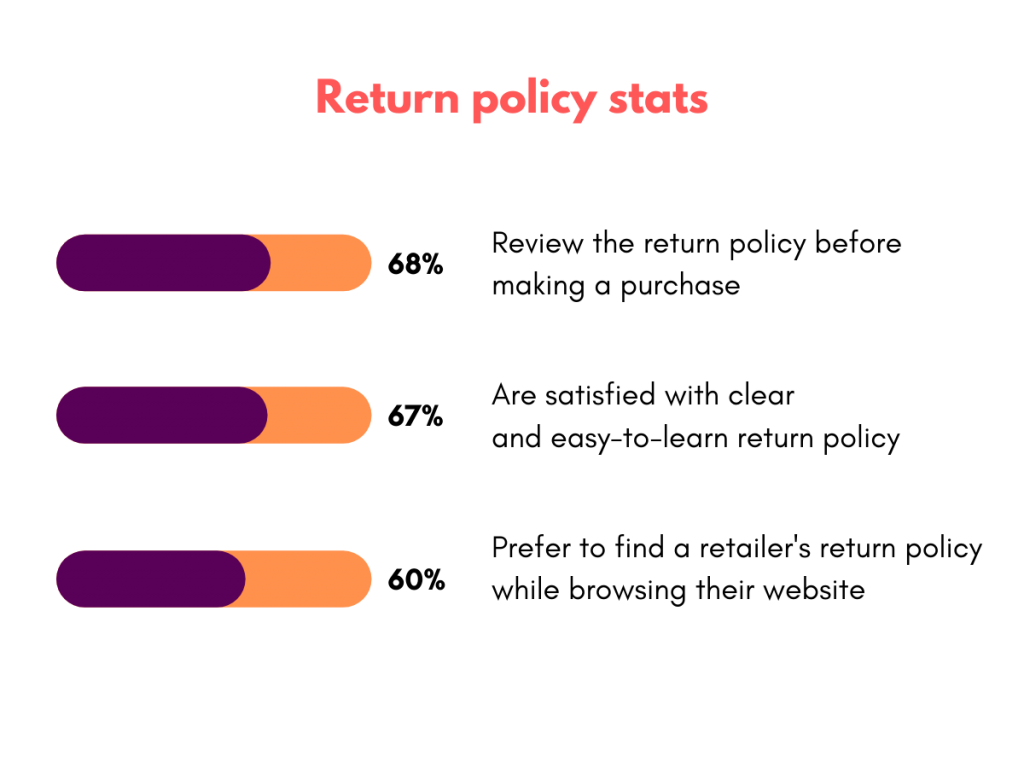
Offer free and flexible returns
Returns are all about building trust and strengthening customer relationships and loyalty. Free returns are something that customers look for when they shop online, and when your brand offers just that, it’s just the right push your customers need to make that purchase.
No matter what, buying online will always have a certain risk factor – what if the size doesn’t fit? What if the product doesn’t match the description? What if you ordered the wrong product?
With all these factors in mind, give your customers just that extra room to return the products they’re not satisfied with – this is where some major brands such as Aldo, Sephora, Bloomingdale’s, and Nike have gone the extra mile to keep their customers with 60-day return windows.
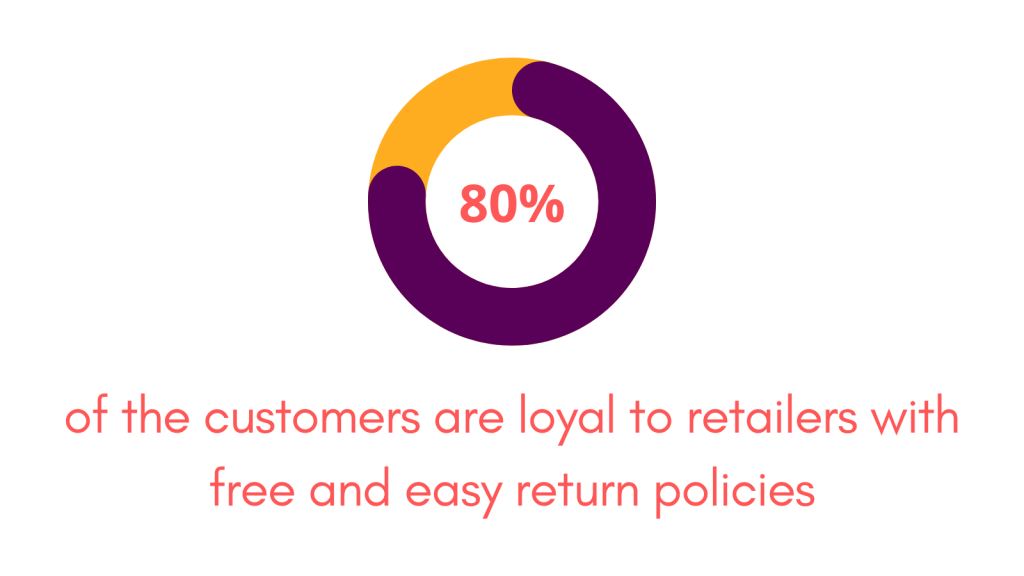
Make product returns as easy as shopping
With eCommerce’s footprint increasing by the day, it’s inevitable that the numbers of returns are going to increase as well.
Make returns as easy as possible – your customers are already disappointed about having to return a product they spent days waiting for, why make that process even harder for them.
The easiest way to make your e-commerce returns process seamless is to invest in an automated returns management system that integrates with your website – ensuring that navigating through returns is hassle-free.
In addition to that, a returns management system can make returns self-serve for your customers with auto-generated shipping labels and return status tracking, all of which can enhance your customers’ returns experience with your brand.
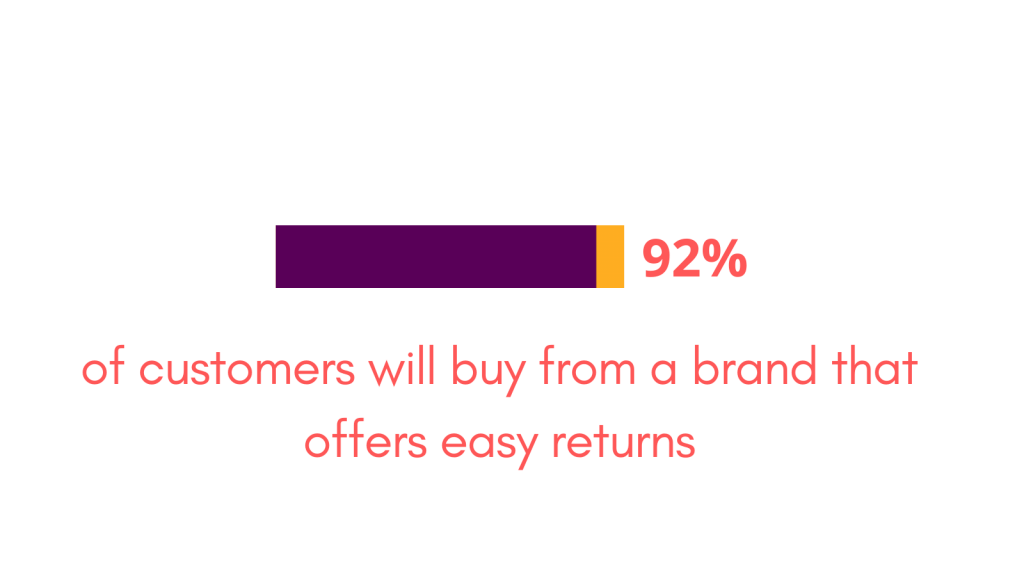
Why Your Returns Solution Should Seamlessly Integrate with Your Entire Post-purchase Experience
When a product is returned, the status of the return is not fully transparent – that’s something that can frustrate your customers and cause unnecessary anxiety (like the anxiety of waiting for their product to reach them wasn’t enough!)
Impeccable customer experiences are the future of e-commerce. When customers keep products they’re not really happy with instead of returning them – it might seem economical for your business in the short term. But in reality, this can be quite damaging to your business.
When a customer keeps a product they don’t like, they’re more likely to never shop from your brand again.
And you know what’s worse?
They might even leave a bad review on various online forums and also deter potential customers in their circle of friends to not shop from you as well. You know we’re not lying when we emphasize how powerful word-of-mouth is, especially when it comes to negative experiences.
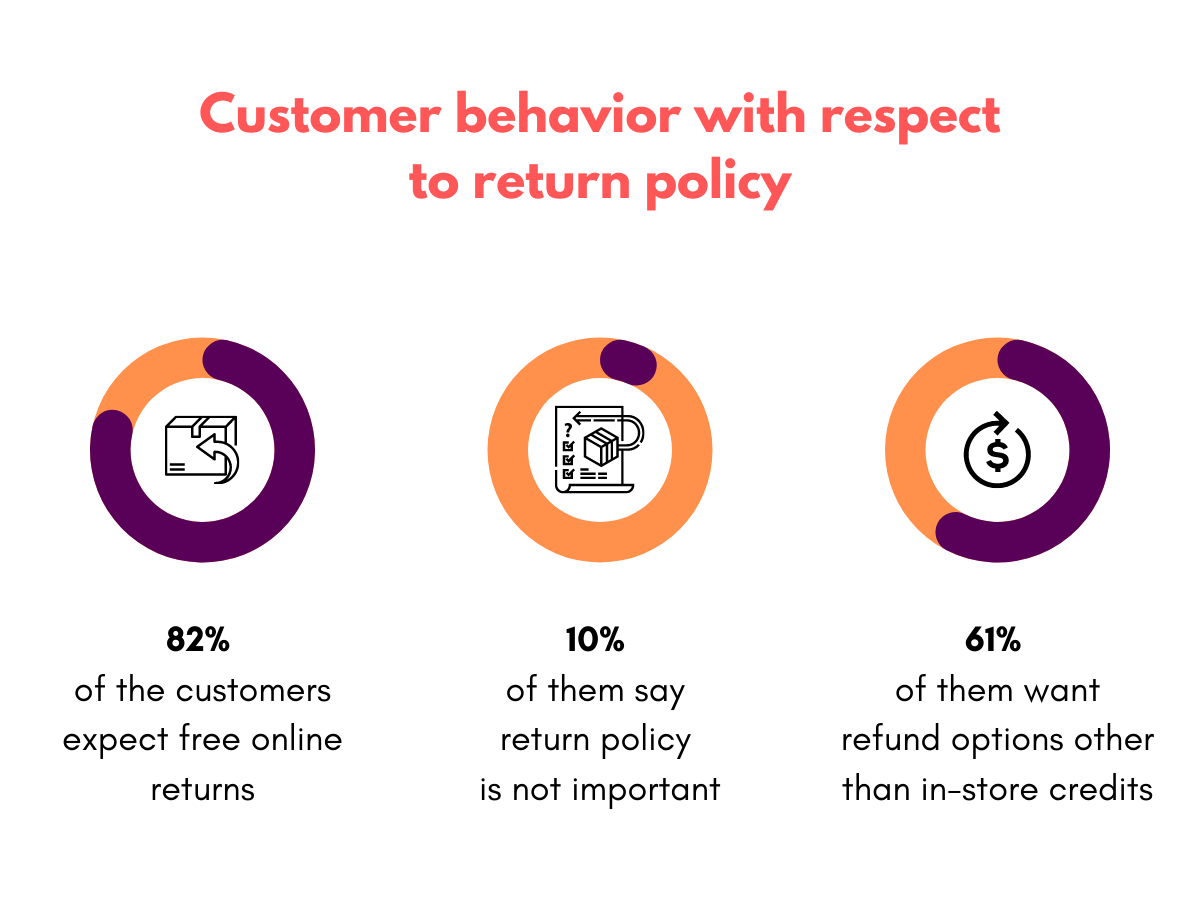
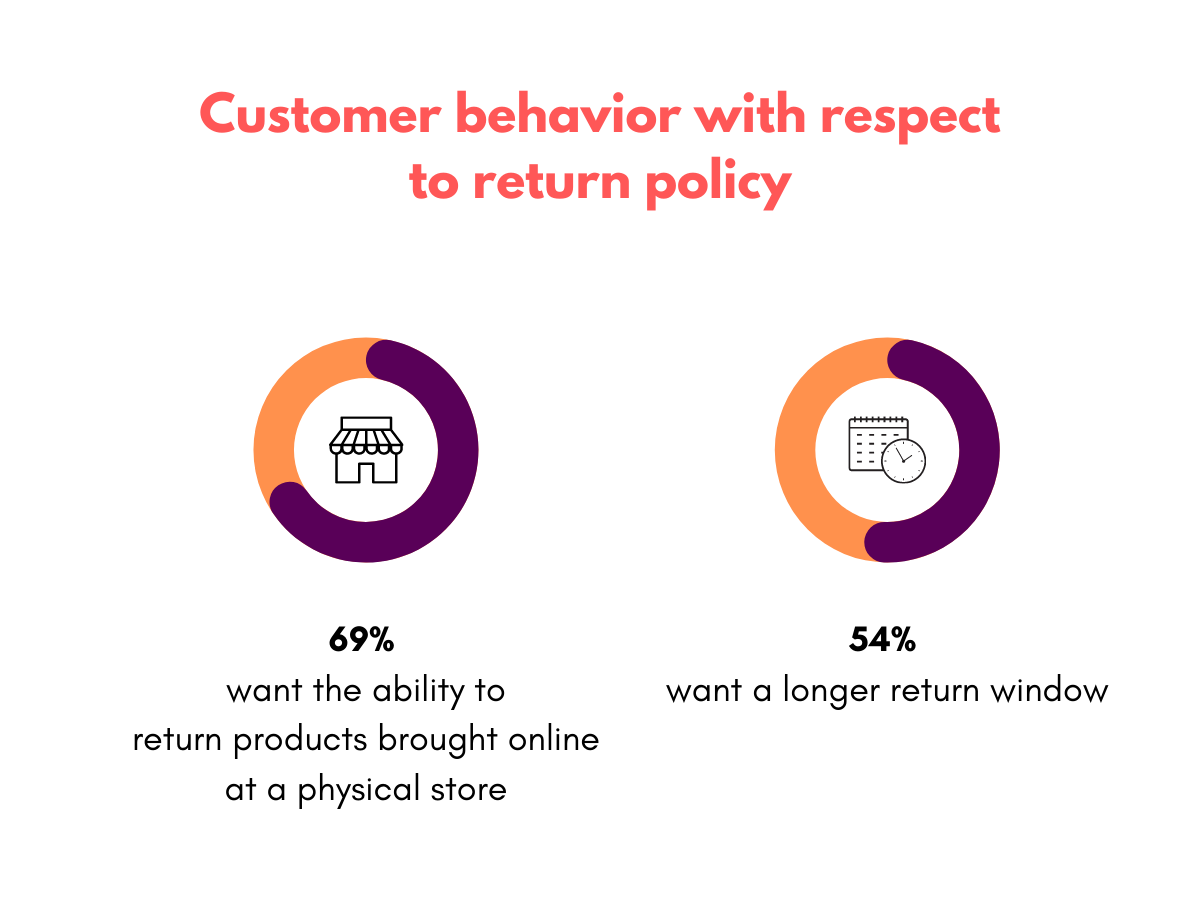
E-commerce returns are an integral part of your customers’ post-purchase experience, which can make or break how they feel about your brand – which is exactly why you should invest in a returns solution that integrates with all aspects of your brand’s post-purchase experience, from shipping to delivery to returns.
